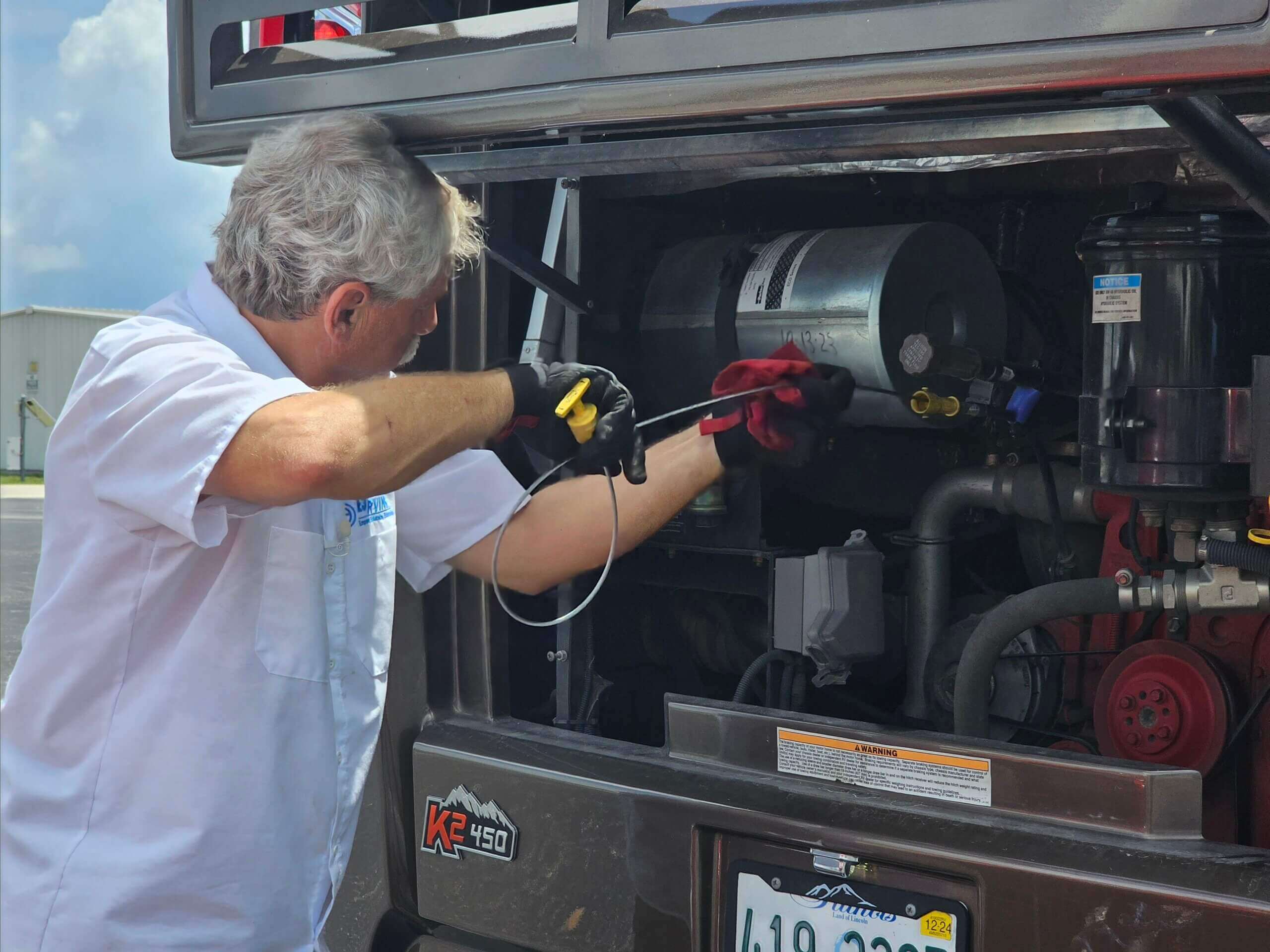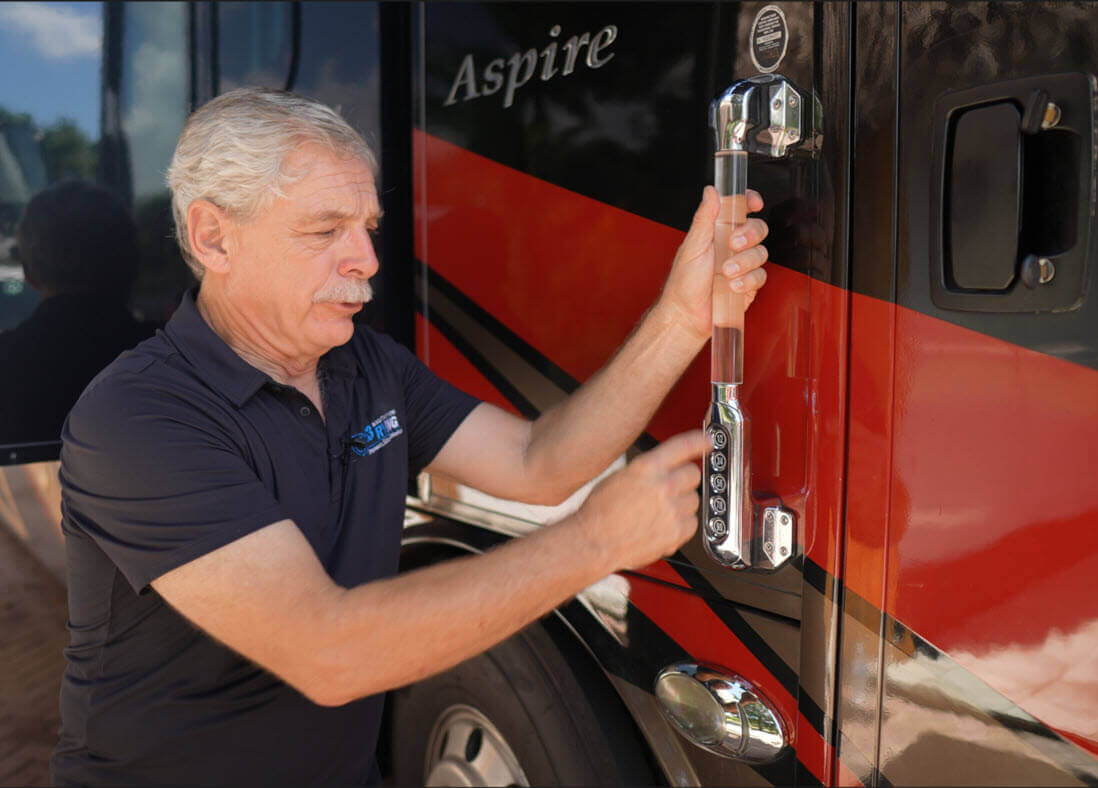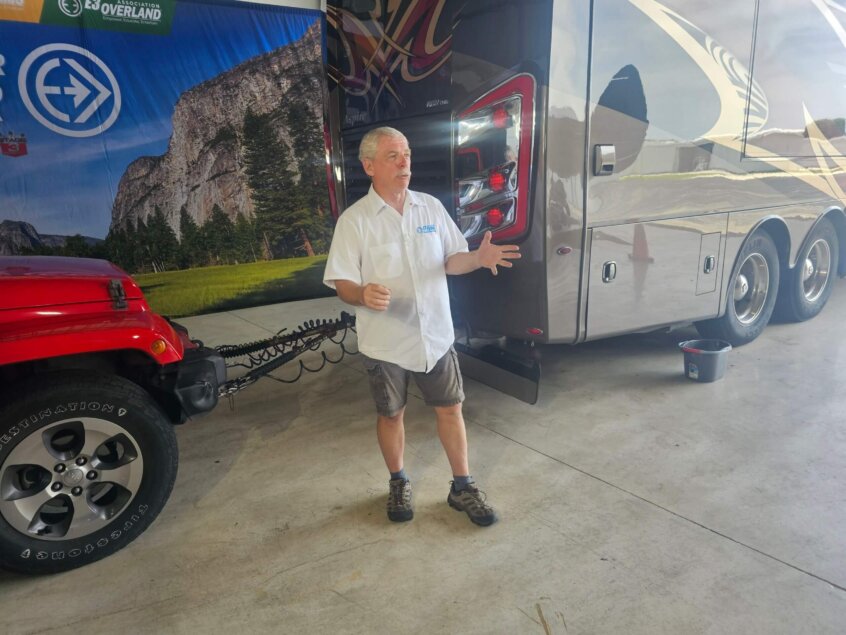The Hidden Challenges of RV Slides: Mastering Maintenance for Stress-Free Travel | RV Slide Maintenance
RV slides are a game-changer for travelers craving extra space, yet they come with quirks that can surprise even seasoned RVers. These expandable sections, designed to transform cramped quarters into roomy havens, often hide a host of maintenance traps. For example, as winter fades and spring beckons, many are pulling their rigs from storage, only to find slides groaning with wear. Think sticky gears, sneaky leaks, or motors that just won’t budge. Meanwhile, this isn’t a new headache—experts on a late February RV Podcast episode flagged slides as a perennial pain point. However, with the right know-how, you can sidestep these hassles and keep your adventures rolling smoothly.
Why RV Slides Are a Double-Edged Sword
Slides promise luxury, but they demand vigilance. For instance, road vibrations quietly misalign tracks, while seals degrade from sun and rain exposure. If you neglect one oiling, then you might hear a grinding protest next time you extend. Interestingly, a little-known secret lies in the weight distribution—overloading one side of your RV can subtly tweak the frame. Consequently, this throws slides off-kilter faster than you’d expect. Community wisdom on sites like www.e3rving.com often points to these subtle culprits. Moreover, parking on uneven ground for months can stress the mechanism, a tidbit rarely covered in manuals.
The appeal of slides is undeniable. Specifically, they turn a tight galley into a spacious kitchen or a narrow bunk into a cozy retreat. However, their moving parts—motors, hydraulics, rollers—face constant wear. Unlike static RV walls, slides battle the elements and motion, making them a hotspot for breakdowns. Thus, with spring prep underway, now’s when many discover the toll of idle months. Additionally, water damage from unnoticed seal breaches is a quiet saboteur, often spotted too late.
Seasonal Shifts and Slide Struggles
As March unfolds, RVers nationwide are shaking off winter’s chill and testing their setups. For example, slides that sat dormant might reveal sticky gears or rust from moisture sneaking past worn seals. Meanwhile, posts on X lately buzz with frustration—folks lamenting motors that sputter or slides that refuse to retract. This seasonal spike isn’t random. Because cold weather stiffens lubricants, while thawing brings condensation, both tax slide systems. So, here’s a clever trick: run your slides in and out a few times before a big trip. This loosens things up and exposes weak spots early.
Timing matters here. After months of inactivity, components settle, and small issues grow. For instance, a roller left unoiled can seize, turning a simple extension into a roadside ordeal. Therefore, checking www.e3rving.com’s maintenance tips, you’ll find pros advocating a pre-season once-over. Look for cracked caulking or faint water stains inside—clues that your slide’s been battling the elements unchecked.
Mastering RV Slide Maintenance: Practical Steps
Keeping slides humming starts with routine care, but it’s the overlooked details that save you grief. First, inspect seals monthly—cracks or brittleness mean water’s getting in. Then, a silicone-based sealant, safe for RV rubber, works wonders and costs little. Next, lubricate moving parts, yet here’s a secret: avoid petroleum-based grease on tracks. Since it attracts dirt, it gums up rollers over time. Instead, opt for a dry lubricant—your slides will thank you.
Alignment is another silent foe. If your slide tilts or drags, road wear might’ve bent a rail. Before you panic, try this: extend it fully, then retract while watching for uneven gaps. If you spot trouble, a level parking spot during storage prevents this slow creep. Also, clean debris from tracks—pine needles or grit can jam gears fast. For power issues, test your battery; weak voltage often mimics motor failure, a fix as simple as a charge.
Little-Known Hacks for Longevity
Beyond basics, a few insider moves stretch your slide’s life. Ever heard of “exercising” your slides? Specifically, extend and retract them every few weeks, even in storage. This keeps seals pliable and gears limber. Another gem: store with slides in, but crack a window. Because ventilation cuts moisture buildup, it’s a slide’s archenemy. Visiting www.e3rving.com, you’ll see enthusiasts swear by lightweight mats under heavy furniture—it eases strain on slide floors.
Don’t skip the roofline above your slide. For instance, a tiny clog in the gutter can drip water onto seals, starting a leak you won’t catch until mold blooms. Thus, five minutes with a brush saves hours of repair. Lastly, if you’re full-timing, check slide bolts quarterly—vibration loosens them stealthily, and a loose bolt spells trouble.
Your Next Steps for Slide Success
Ready to tackle RV slide maintenance? Start this week—pop those slides out and give them a hard look. Are seals intact? Tracks clean? Motors purring? Then, fix small woes now, before they grow into trip-wreckers. Bookmark www.e3rving.com for a deep dive into checklists—it’s packed with real-world advice. Next, plan a short shakedown run. Test those slides in action; it’s the best way to trust they’ll hold up. With a little effort, your slides won’t just expand your space—they’ll expand your peace of mind.
For more RVing resources and insights, be sure to visit: https://e3rving.com/blog/

